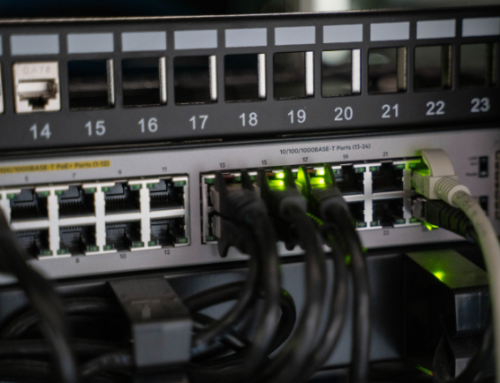Take 4 minutes to read this article
Connectivity is more than just convenience these days. It’s also about security, visibility, and control. This makes choosing the right AP a critical move for your business. So, as you search for the right network solution for your growing company, consider the following AP comparison of Meraki vs. Aruba vs. Aerohive.
Diving into Meraki vs. Aruba vs. Aerohive
Meraki
Cisco’s Meraki is a simplified, cloud-managed AP solution that can be monitored and controlled through an intuitive, centralized dashboard. This means that you can remotely configure thousands of devices, across myriad locations, without having to deploy on-site staff each time you need to troubleshoot or reconfigure.
Without a bottleneck of hardware controllers, Meraki is able to provide a high-density Wi-Fi solution designed to address intense interference environments. With built-in NAC and mobile device management capabilities, Meraki enables secure, worry-free BYOD network security. Its SD-WAN and Layer 7 traffic shaping enables administrators to allocate bandwidth to critical applications to ensure high-quality performance without compromising data security.
While Meraki’s automated offerings streamline network management protocols for leaner IT teams, initial implementation can be difficult in some cases due to its single security appliance (which can limit availability—as compared to dual security appliances).
Aruba
HPE’s Aruba provides experience-driven networking that can be scaled to the needs of your environment. Whether you are a growing SMB or a fully established high-density enterprise, you can choose from Aruba’s flexible deployment options:
- Controller-managed
- Controllerless
- Remote access
Aruba is cloud-based and has built-in AI, location services, and seamless roaming, providing Next-Gen access and aggregation switches for “bandwidth-hungry devices.” This high-speed wireless infrastructure moves traffic intelligently from the edge to the core. Moreover, Aruba’s SD-WAN provides WAN routing and increased visibility and control over your Internet traffic.
Additionally, Aruba enables granular visibility into users, devices, and applications that are running on your networks. This increased surveillance gives you greater control over your network security and performance. Aruba’s machine learning-driven analytics further helps you detect, investigate, and remediate threats.
Bear in mind that Aruba does not provide its own firewall, so you will need to deploy a firewall solution that integrates effectively with your Aruba APs.
Aerohive
Aerohive is a unified wired and Wi-Fi access solution that facilitates the management of APs and switches remotely through an intuitive cloud interface.
An ideal solution for IT teams that have limited network experience, Aerohive’s SD-WAN provides the “headquarters-like” user experience you need to remotely control office economics, performance, and security. Aerohive boasts self-healing and self-organizing connectivity that reduces OPEX and streamlines network maintenance.
Aerohive’s network security and visibility tools enable the on-site use of devices that your employees want—with the strict governance you require. Aerohive provides granular network management and control so that only devices and users with (self-service onboarded) authentication can access your environments. At any point, you have access to actionable data about connected devices, clients, and applications on your network.
While Aerohive’s dashboard provides greater insight into your networks, it does not intuitively identify which APs are deployed at which wireless site, and it requires you to manually update the firmware on each AP as well.
Choosing the Right AP When Comparing Meraki vs. Aruba vs. Aerohive
Like any IT solution, each AP offering above has its pros and cons. Choosing the right AP is no easy task, especially when considering such top solutions. Comparing Meraki vs. Aruba vs. Aerohive isn’t as simple as making an elementary pros and cons lists.
As an IT decision maker, your time is limited. Our wireless experts at CentricsIT will help you compare and contrast each offering to ultimately determine which platform works best for your environment and goals. Whether it’s a single solution or a combination, CentricsIT provides a single source of support—no matter the OEM.
And to help you alleviate strain on your already lean IT team, CentricsIT can leverage our global network of technicians to deploy the expertise and skills you need to get your new wireless system online quickly and efficiently. No matter where you are in the world, CentricsIT can help.
Contact CentricsIT to help you choose the right wireless solution to accelerate your business—and stay secure while you’re at it.
See how CentricsIT provided this transportation company with a custom, best-in-class solution to deliver unmatched wireless performance under one service provider.





